Tisbury, Wiltshire
Up to 1834
A parliamentary report of 1777 recorded parish workhouses in operation in Tisbury for up to 80 inmates. A building to the east of Tisbury parish church was used as workhouse. Semley had a parish workhouse in a U-shaped building on the east side of Sem Hill.
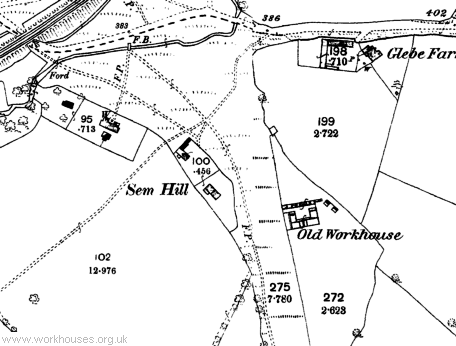
Semley former parish workhouse site, 1887.
After 1834
The Tisbury Poor Law Union formally came into being on 4th October 1835. Its operation was overseen by an elected Board of Guardians, 21 in number, representing its 20 constituent parishes as listed below (figures in brackets indicate numbers of Guardians if more than one):
County of Wiltshire: Alvediston, Ansty, Berwick St John, Berwick St Leonard, Chicklade, Chilmark, Donhead St Andrew, Donhead St Mary (2), Fonthill Bishop, Fonthill Gifford, Hindon Free Royal, Semley, Sutton Mandeville, Swallowcliffe, Teffont Evias, Teffont Magna, East Tisbury, West Tisbury, Tollard Royal, Wardour.
The population falling within the Union at the 1831 census had been 9,763 with parishes ranging in size from from Berwick St Leonard (population 51) to Downhead St Mary (1,520). The average annual poor-rate expenditure for the period 1833-35 had been £8,267 or 16s.11d. per head of the population.
The Church Street Workhouse
Initially, the new union took over the existing Tisbury parish workhouse on Church Street.
In 1866, the workhouse was visited by Poor Law Inspector Mr. W.H.T. Hawley. His report noted that:
Furniture.— The bedsteads are veiy old; the beds are stuffed with straw and chaff; the bedding appears to be in fair condition and sufficient. The conveniences for washing are very defective.
Inmates.— There are only two classes, males and females. The aged men are clothed in cloth suits. The able men and boys in cord and fustian suits. The women and girls in cotton print dresses, and the usual under clothing. There is no employment for the men. The women do the household work, and sew. There is no recreation for the inmates.
Medical Attendance.— The medical officer finds all the drugs for the use of the sick inmates.
Nursing.— There is no paid nurse; the nursing is performed by the inmates.
Chaplain.— There is a chaplain; Divine service is regularly performed. The inmates who are Dissenters attend their own places of worship by special permission.
School.— There is a school, but the children are not separated from the adult inmates.
Generally.— The workhouse is defective, and inadequate to the purpose for which it is intended in every particular. A new workhouse is now in course of construction.
The Church Street site continued in use until 1868 when the new workhouse was opened. The old building was then converted to become the Wiltshire Brewery by Archibald Beckett. He later erected a new steam brewery on the site but a fire in 1885 necessitated a complete rebuilding of the premises. The site later became a flour mills.
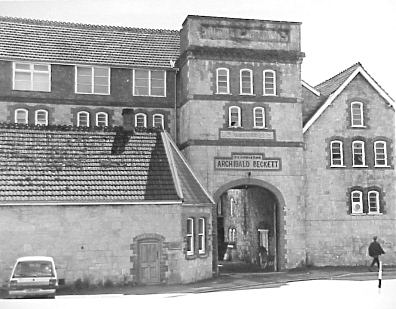
Tisbury former parish workhouse site
courtesy of Peter Goodhugh.
The Union Road Workhouse
The new union workhouse was erected in 1865-8 on an elevated site to the south-west of Tisbury, at the junction of Union Road and Monmouth Road. The site location and layout are shown on the 1925 map below by which time the workhouse had officially become known as Tisbury Poor Law Institution.
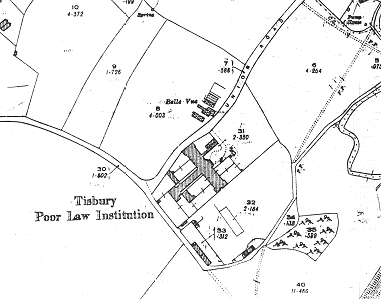
Tisbury site, 1925
The building was designed by Christopher C Creeke, who was also the architect of workhouses for the Chippenham, Blandford and Christchurch unions. His design for Tisbury was a simple T-shaped layout with its main block facing to the north-east. The two-storey building was constructed from local Chilmark stone and crowned by a circular lantern, a feature Creeke also employed at Chippenham and Blandford.
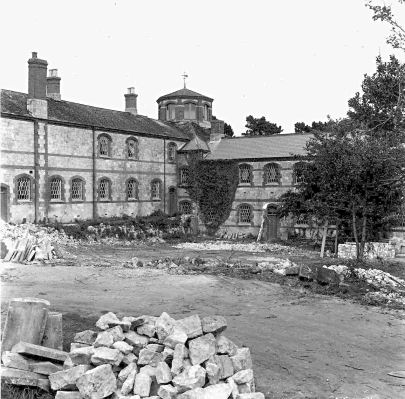
Tisbury union workhouse from the south.
Courtesy of Peter Goodhugh.
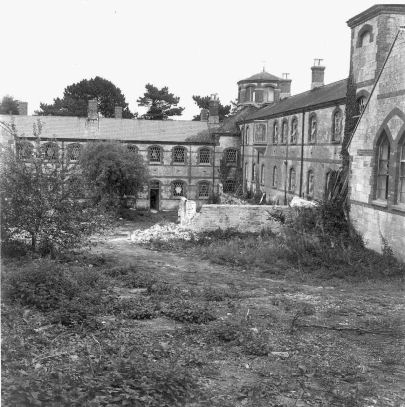
Tisbury union workhouse from the west.
Courtesy of Peter Goodhugh.
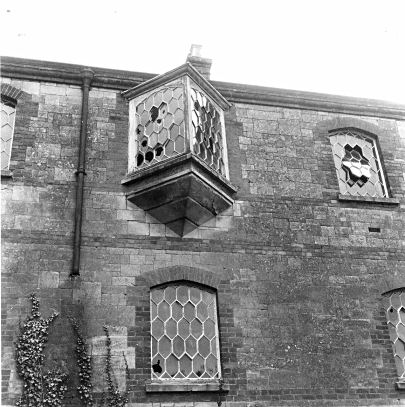
Tisbury union workhouse.
Courtesy of Peter Goodhugh.
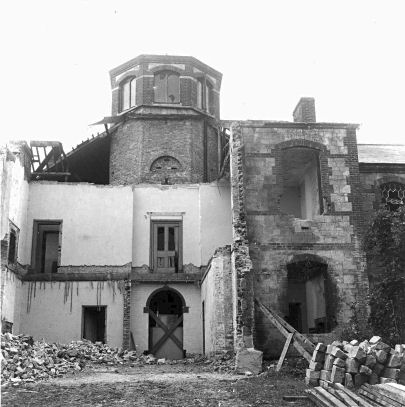
Tisbury union workhouse.
Courtesy of Peter Goodhugh.
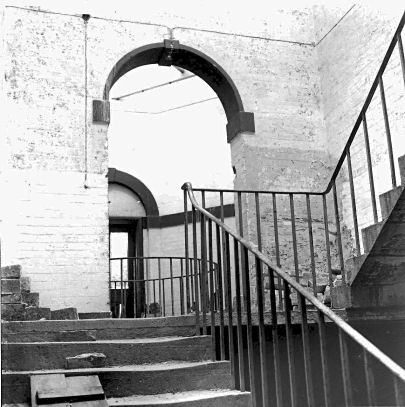
Tisbury union workhouse.
Courtesy of Peter Goodhugh.
The exact date of the workhouse's opening, 11th November 1868, was inscribed into one of the window-sills.
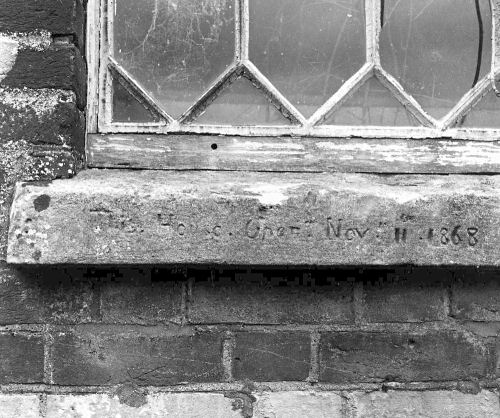
Tisbury union workhouse.
Courtesy of Peter Goodhugh.
During the Second World War, various units were accommodated at the site including a non-combatant corps made up of conscientious objectors and 'safe' aliens such as German Jews who performed war work that did not involve the carrying of arms.
The former workhouse buildings were demolished in the early 1960s and the site has been redeveloped as a housing estate.
Staff
- 1881 Census — Tisbury Workhouse
Inmates
- Long-term workhouse inmates (1861)
- 1881 Census — Tisbury Workhouse
Records
Note: many repositories impose a closure period of up to 100 years for records identifying individuals. Before travelling a long distance, always check that the records you want to consult will be available.
- Wiltshire and Swindon Archives, Wiltshire and Swindon History Centre, Cocklebury Road, Chippenham SN15 3QN. Very few records survive — holdings include: Guardians' minutes (1835-1930, with gaps).
Bibliography
- Victoria County History of Wiltshire, XII, Oxford University Press.
Links
- None.
Acknowledgment
- Thanks are due to Peter Goodhugh for very kindly providing the pictures of the Tisbury workhouse.
Unless otherwise indicated, this page () is copyright Peter Higginbotham. Contents may not be reproduced without permission.


